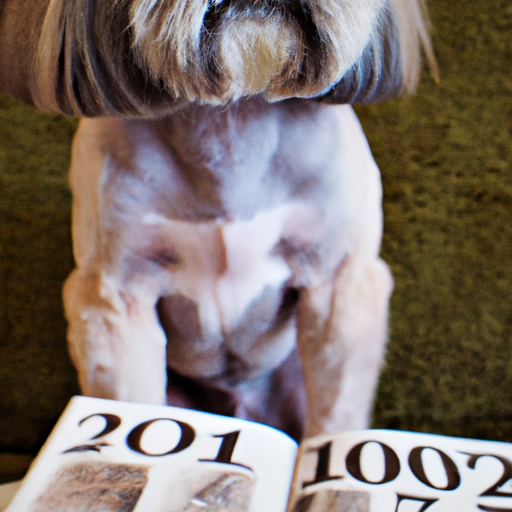Understanding Your Dog’s Hair Growth Cycle
As a caregiver, you always want the best for your furry friend. When you notice that your dog’s hair isn’t growing back as quickly as usual, it’s natural to worry. However, understanding a dog’s hair growth cycle can provide some peace of mind.
Just like humans, dogs have hair growth cycles. These cycles consist of four stages:
- Anagen: The growth phase where new hair is produced.
- Telogen: The resting phase where hair growth stops.
- Catagen: The transition phase where hair growth slows down.
- Exogen: The shedding phase where hair falls out and new hair begins to grow.
The length of these stages can vary greatly depending on the breed, age, and health of your dog.
Factors That Determine Hair Growth
Several factors can influence the rate at which your dog’s hair grows back:
- Breed: Some breeds naturally have faster hair growth rates than others. For example, Poodles and Yorkshire Terriers have hair that grows quickly, while breeds like Beagles and Bulldogs have slower growth rates.
- Age: Younger dogs tend to have faster hair growth rates than older dogs.
- Health: If your dog is suffering from any health issues, such as skin conditions or hormonal imbalances, it can affect hair growth.
- Nutrition: A balanced diet is crucial for healthy hair growth. Ensure your dog is getting all the necessary nutrients.
How Long Does It Take for Dogs’ Hair to Grow Back?
Typically, it takes around 2 months for a dog’s hair to grow back. However, this can vary greatly depending on the aforementioned factors.
Here’s a general guideline for some common breeds:
| Breed | Average Hair Growth Time |
|---|---|
| Poodle | 2-3 weeks |
| Yorkshire Terrier | 3-4 weeks |
| Beagle | 1-2 months |
| Bulldog | 2-3 months |
Tips to Promote Healthy Hair Growth in Dogs
Just as you take care of your own hair, it’s important to care for your dog’s hair too. Here are some tips:
- Provide a balanced diet rich in proteins, vitamins, and minerals.
- Regular grooming can stimulate hair growth. Brush your dog’s hair regularly to remove dead hair and promote new growth.
- Protect your dog’s coat from harsh environmental factors like extreme cold or heat.
- Seek veterinary advice if you notice any sudden changes in your dog’s hair growth.
Frequently Asked Questions
Q: Can I speed up my dog’s hair growth?
A: Providing a balanced diet and regular grooming can promote healthy hair growth. However, the rate of growth is largely determined by factors such as breed, age, and health.
Q: Why isn’t my dog’s hair growing back after a haircut?
A: Some dogs have hair that takes longer to grow back after a haircut. If it’s been longer than 2-3 months, it may be worth seeing a vet to rule out any health issues.
Q: Can stress affect my dog’s hair growth?
A: Yes, stress can impact hair growth in dogs, just like in humans. If your dog is stressed or anxious, it may have a slower hair growth rate.
Remember, as a caregiver to your furry friend, your main goal is their health and happiness. Ensuring they have a healthy coat is just a part of that goal.



